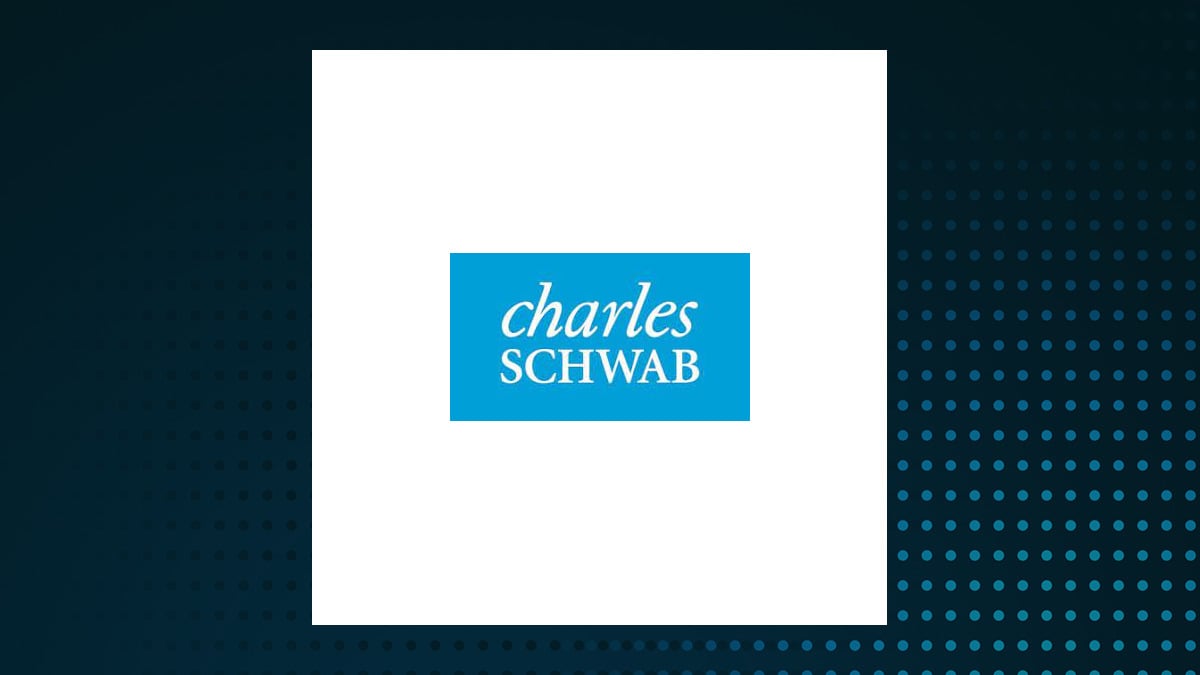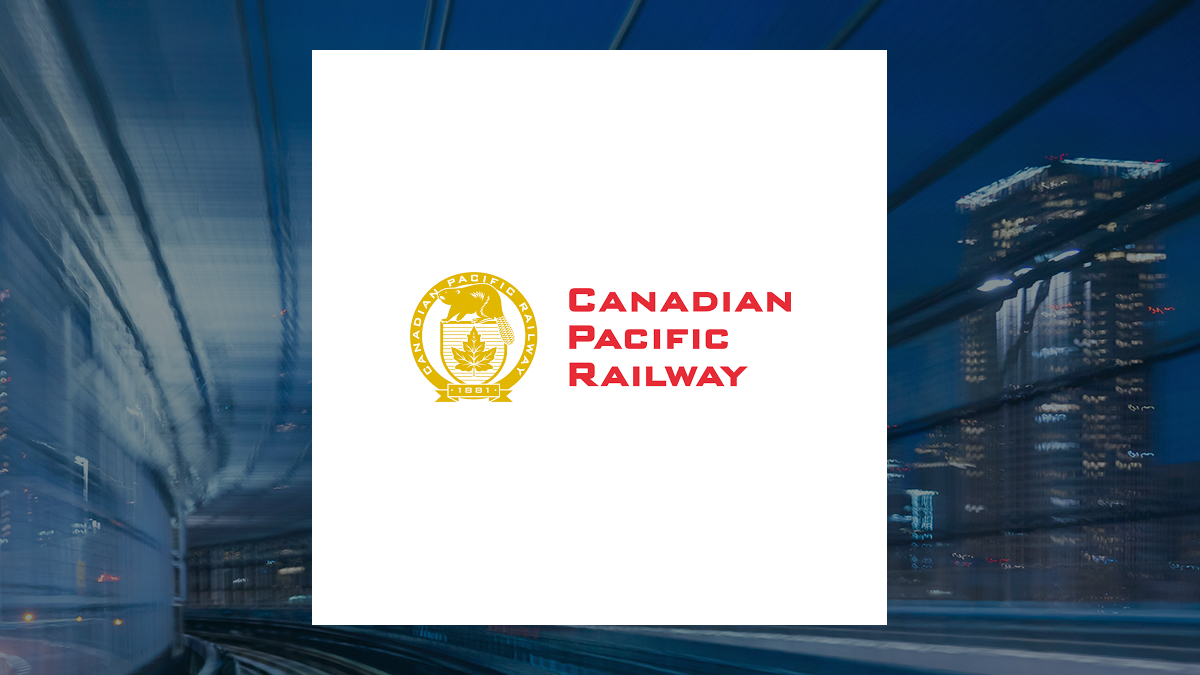
DNY59/E+ via Getty Images There is a lot of talk about how BDC earnings have peaked and that the next steps from here are directed towards higher volatility and uncertainty around future dividends. There are some, in my opinion, transitory dynamics that drive this, such as subdued M&A activity and increased corporate defaults. However, the structural forces behind all of this are spread compression and, importantly, the expected normalization in the interest rate levels (although what is normal depends on how far in the history we look at).
The tightening of spreads is almost purely related to the oversupply of BDC offering (e.g., private credit products) in the context of the demand stemming from M&A markets.

Of course, as the transaction activity comes back in vogue, the pressure will be off, but given the recent emergence of many BDC and increased popularity of private credit products, the odds are quite low that we would converge back to yields that BDCs enjoyed in, say, early 2023. In my view, this is not that huge negative as if the BDCs can continue to grow their portfolio, the size of asset base should eventually offset the headwinds from the spread front. The bigger risk that could actually render an immediate and significant negative effect on BDC cash flows (including dividend distributions) is the reduced interest rates.
In the FOMC dot plot chart below, we can see how the consensus has gravitated towards having ~ 3% interest rate level in already 2026, which implies circa 200 basis points of a reduction. Federal Reserve Bank of St. Louis Given that BDC business models are based on relatively huge amounts of external leverage, the ~ 200 basis points move would create a huge and almost an immediate impact on the top-line generation levels.
Now, there are some structural offsetting factors such floating external debt, enhanced credit quality from the fact that the underlying businesses would be subject to lower cost of financing levels, and increased M&A activity, which tends to thrive in a more accommodative interest rate environment. Having said that, lower interest rates will inevitably be a net negative for most of BDCs out there, especially over the short to medium-term horizon (simply because of the total asset base being larger than floating debt pool). This will cause higher pressure for BDCs to cover the dividends, as the adjusted NII would quite naturally come down.
In the article below, I share three pillars that have to be in place for defensive income investors, who want to minimize the risk of experiencing a dividend cut. Pillar #1 - Growth One of the best elements of defense is having a decent offense. Namely, if a particular BDC has managed to structure its business model so that it is possible to grow the earnings in an interest rate independent manner, already here we have a strong layer of defense to avoid dividend cuts.
There are two specific ways how to achieve this. First, BDC has to have a strategy that is focused on the right private credit segment, where the competition is not that intense so that it would be possible to achieve consistent net investment funding levels even if the M&A markets are relatively inactive. Currently, the toughest environment is in the upper middle market space, where large institutional money is chasing for a limited number of deals.
However, when it comes to smaller ticket size cases (usually in the core middle or lower end markets), the BDCs can still enjoy positive demand dynamics even though the overall transaction market is relatively unfavorable. For example, here is a nice color from Q2, 2024 earnings call provided by Justin Plouffe — Chief Executive Officer of Carlyle Secured Lending Inc. ( CGBD ) - on how CGBD has managed to keep the deal volume high enough to keep the portfolio growth alive (which is necessary to offset the pressure from spread compression and / or reduced portfolio yields): Activity continued to pick up in the second quarter of 2024 as sponsored direct lending volumes reached recent highs driven by strong refinancing, recapitalization and M&A activity.
Spreads and covenants continue to face pressure from borrowers, but the core middle market where we operate continues to see comparatively less pressure than the large cap market. Originations in the second quarter were up significantly year-over-year and our pipeline continues to expand with both core cash flow and differentiated deal flow. Second, BDC that invests in not only debt financing assets, but also in equity stakes together with debt capital have the possibility to unlock additional value from realizing these positions in the market.
So far, the equity return component has been relatively shallow, but as we transition to a lower interest rate environment, the deals will inevitably start to happen, which will in turn allow these BDCs to unlock the embedded equity value. In fact, this specific return element is negatively correlated to the floating rate loan returns. Gladstone Investment ( GAIN ) is a perfect example of this, where in the most recent quarter we could notice a significant portion of returns coming from right the realization of the embedded equity instruments.
Pillar #2 - Sound leverage As mentioned above, the presence of external leverage per definition magnifies the consequences of experiencing reduced portfolio yields. The higher the absolute difference between floating asset base and floating debt base, the higher the risk for facing a dividend cut at some point in time. The solution to this is simple - i.
e., to focus on BDCs that carry well-capitalized balance sheets, where the external leverage is not excessive. Plus, the second order effect from having a healthy leverage profile is that it enables BDCs to act opportunistically and grow the portfolio base without equity dilution once interesting (high spread) opportunities arise.
One of the best examples when it comes to having a low leverage and decent dividend coverage is Fidus Investment ( FDUS ), where the debt to equity stands at 0.72x, which is by almost 0.45x below the sector average .
Pillar #3 - Strong dividend coverage The final or third pillar that has to be in place in order to mitigate the risk of a dividend cut is a high margin of safety on the dividend coverage front. Here what matters the most is how the base dividend is covered by the underlying adjusted NII generation. The supplemental dividends are inherently driven by tactical capital allocation decisions that are difficult to predict.
However, when it comes to the base dividends, BDCs really put a heavy emphasize on making sure to shield them and if possible, grow them in a gradual manner. The higher the dividend coverage, the more room there is to absorb any one-off shocks or structural pressures on the earnings generation end. At the same time, when assessing and dissecting the base dividend coverage levels, investors have to pay a careful attention to the underlying earnings quality, making sure that the PIK component is as low as possible.
Instead, if, say, 95% of the total NII is comprised of pure cash flows from senior secured first lien loans, it could be automatically deemed a very safe and conservative level. Blackstone Secured Lending ( BXSL ) is a good example, where circa 93% of its Q2, 2024 earnings were constituted of high quality cash flows. Two of my favorite BDCs that have base dividend coverage levels above the sector average are Crescent Capital ( CCAP ) and CGBD.
The bottom line It is hard to argue against the risk or meaningful probability of BDCs facing significant pressures on their NII generation levels, primarily from the interest rate normalization process. This process in combination with other headwinds (e.g.
, spread compression, subdued M&A activity) could put many dividends at risk. However, if investors can strategically reposition their BDC portfolio that have a strong tilt towards BDC names that exhibit a sustained growth, have sound leverage and ample dividend coverage levels, the risk of experiencing a dividend cut could be largely mitigated. In my humble opinion, these three following BDCs tick all of these necessary boxes: Crescent Capital - see my article here .
Fidus Investment - see my article here . Blackstone Secured Lending - see my article here . Analyst’s Disclosure: I/we have no stock, option or similar derivative position in any of the companies mentioned, and no plans to initiate any such positions within the next 72 hours.
I wrote this article myself, and it expresses my own opinions. I am not receiving compensation for it (other than from Seeking Alpha). I have no business relationship with any company whose stock is mentioned in this article.
Seeking Alpha's Disclosure: Past performance is no guarantee of future results. No recommendation or advice is being given as to whether any investment is suitable for a particular investor. Any views or opinions expressed above may not reflect those of Seeking Alpha as a whole.
Seeking Alpha is not a licensed securities dealer, broker or US investment adviser or investment bank. Our analysts are third party authors that include both professional investors and individual investors who may not be licensed or certified by any institute or regulatory body..














